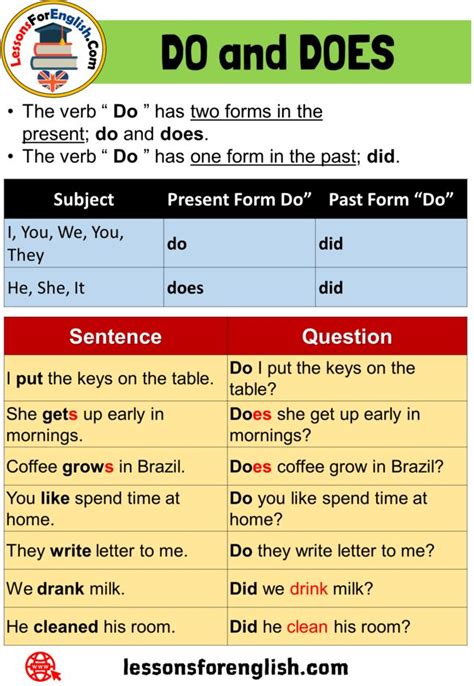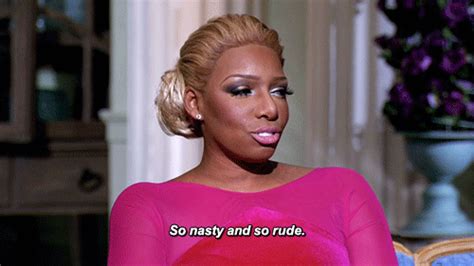High-achieving men are often celebrated for their drive, strategic thinking, and ability to navigate complex challenges in their professional lives. However, these same traits, while invaluable in the boardroom, can sometimes present unique hurdles when it comes to managing conflict constructively with a romantic partner. The skills that lead to professional triumph—like decisive action and a focus on objective outcomes—must be carefully adapted to the nuanced, emotionally charged landscape of intimate relationships.
Beyond the Boardroom: Adapting Success Principles
For many high-achievers, the urge to “solve” a problem quickly and efficiently is deeply ingrained. In a relationship, however, conflict isn’t always about finding a single, optimal solution; it’s often about understanding perspectives, validating feelings, and maintaining connection. Men who excel professionally learn to pivot from a mindset of absolute victory or defeat to one of mutual understanding and compromise. They recognize that a successful relationship isn’t a zero-sum game, but a continuous collaborative effort where both partners must feel heard and valued.

The Cornerstone of Emotional Intelligence
At the heart of constructive conflict management lies emotional intelligence. High-achieving men who manage conflict well are not necessarily devoid of strong emotions; rather, they have developed the capacity to recognize, understand, and manage their own emotions, as well as perceive and influence the emotions of others. This means moving beyond logical arguments to acknowledge the emotional undercurrents of a disagreement. It involves active listening—not just to formulate a rebuttal, but to truly comprehend their partner’s feelings and perspective.
Developing this skill involves self-reflection, understanding personal triggers, and practicing empathy. It means being able to say, “I hear how frustrated you are,” before diving into a solution. This approach builds trust and psychological safety, creating an environment where both partners feel safe to express vulnerabilities without fear of judgment or dismissal.
Strategic Communication: A Collaborative Approach
Just as a successful executive uses strategic communication to rally a team, high-achieving men apply similar principles within their relationships. This involves choosing the right time and place for difficult conversations, ensuring both partners are calm and able to engage productively. They use “I” statements to express their feelings and needs without placing blame, such as “I feel overlooked when…” instead of “You always make me feel…”.

They also understand the importance of clear, unambiguous language and avoid assumptions. They might even use frameworks similar to those found in business negotiations: defining the problem, brainstorming solutions, evaluating options, and committing to a plan of action. The key distinction is that in a relationship, the “win” is mutual growth and strengthened intimacy, not just a resolution to the immediate issue.
Prioritizing Connection Over Control
A common pitfall for high-achievers can be the desire to control outcomes. In relationships, this translates into an attempt to dictate the terms of a conflict or impose a solution. Constructive conflict management, however, requires relinquishing some control and embracing vulnerability. It’s about prioritizing the health of the connection over the need to be “right” or to dominate the discussion.

These men understand that sometimes, the most productive outcome isn’t an immediate fix, but a deeper understanding and a renewed commitment to working through challenges together. This involves validating their partner’s feelings, even if they don’t fully agree with them, and acknowledging their role in the dynamic.
The Practice of Repair and Reconnection
Conflict is inevitable, even in the strongest relationships. What sets high-achieving men apart in managing it constructively is their commitment to repair and reconnection. After a disagreement, they don’t simply move on; they actively seek to mend any emotional ruptures.

This might involve a sincere apology, an expression of regret, or a gesture of affection. They understand that unresolved issues can fester, eroding trust and intimacy over time. They see repair as a crucial step in strengthening the relationship, reinforcing the idea that their partnership is robust enough to withstand disagreements and emerge stronger.

Conclusion: Building a Resilient Partnership
High-achieving men who successfully navigate relationship conflicts do so by intentionally applying and adapting their considerable skills. They shift from a transactional, outcome-focused mindset to one that prioritizes emotional intelligence, empathy, and collaborative communication. By valuing the relationship connection above all else, engaging in strategic emotional labor, and committing to repair, they transform potential disruptions into opportunities for deeper understanding and a more resilient, fulfilling partnership.




